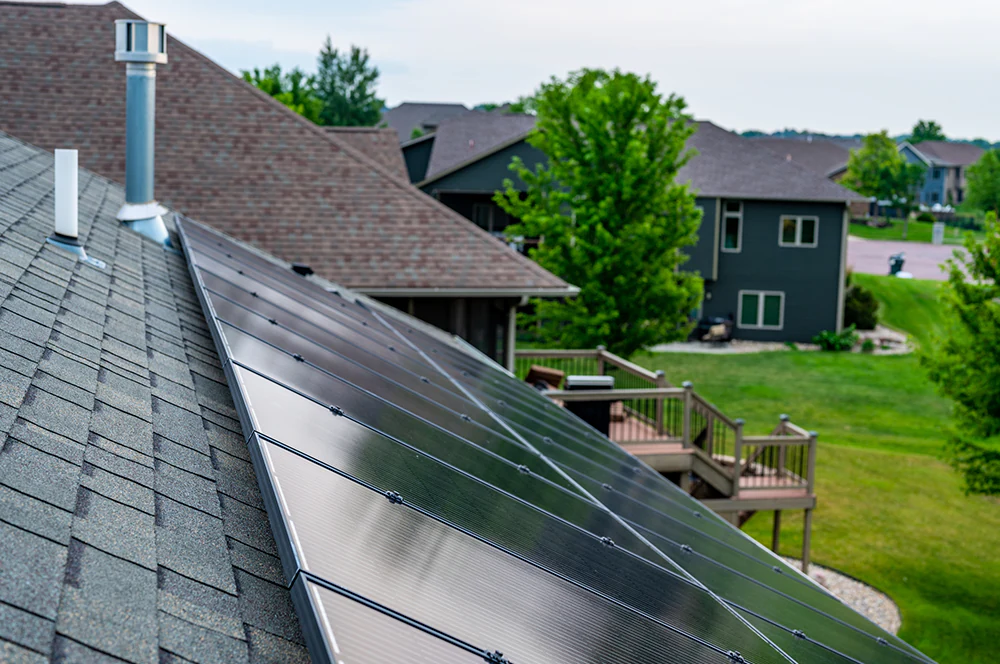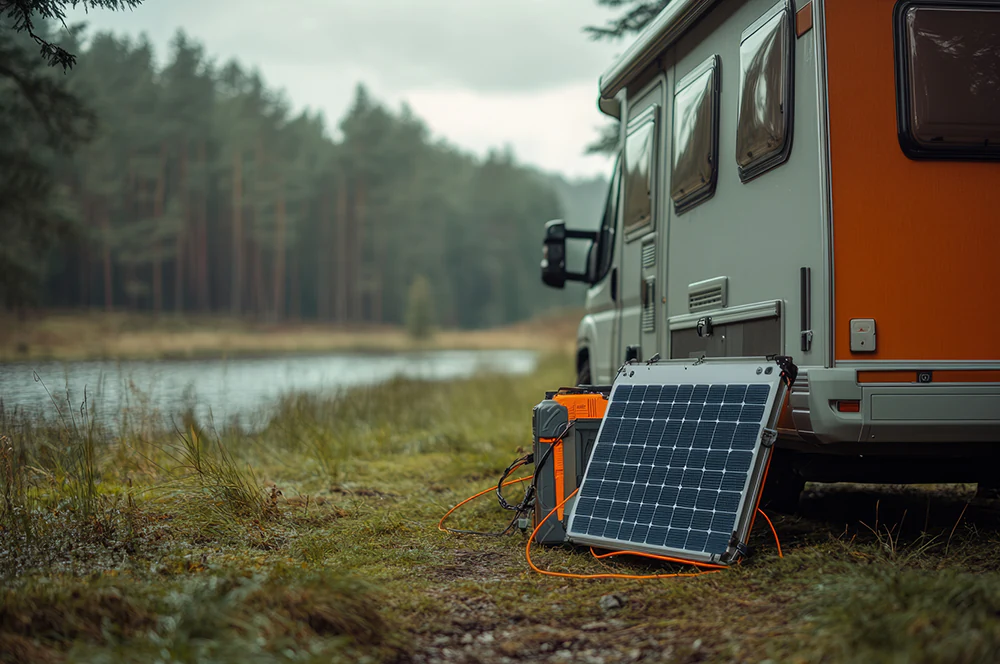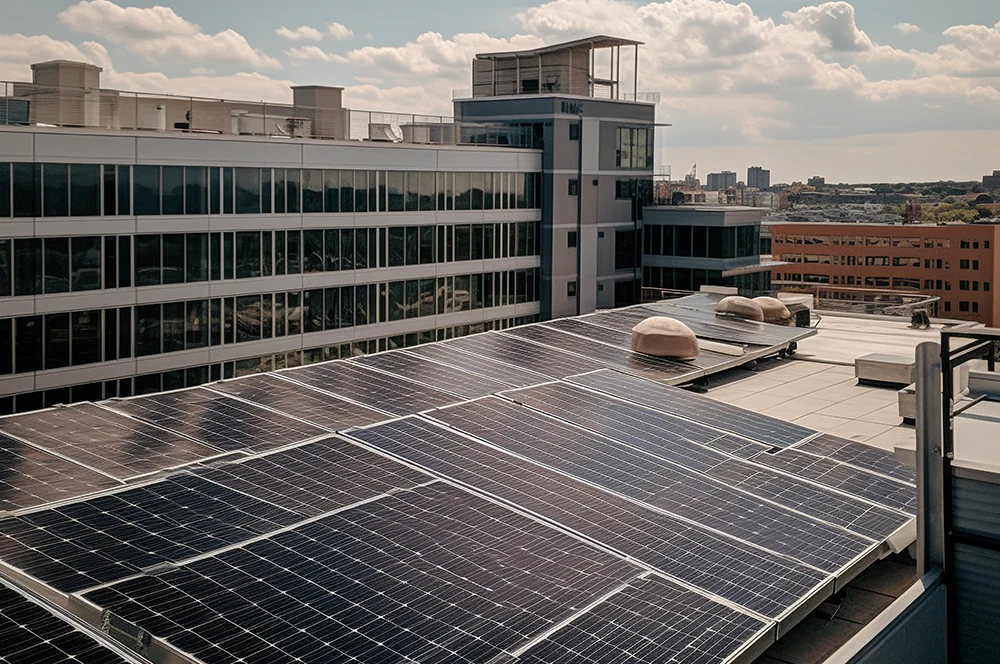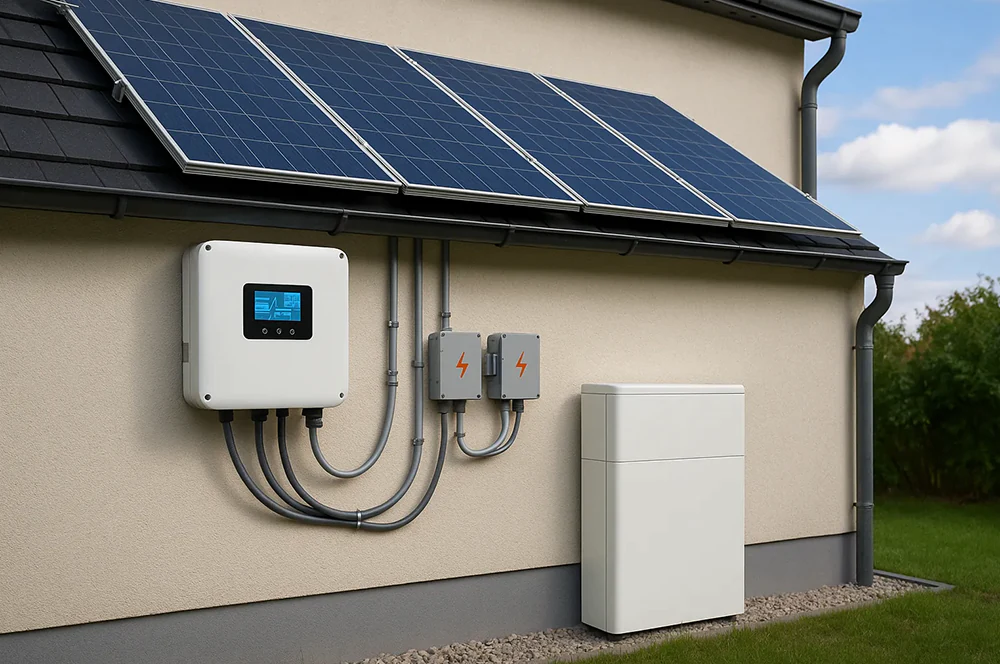
Detroit media is finally catching up to a story we roofers have watched for years—the quiet rise of solar-ready roofs. What you should know before upgrading is no longer a niche headline but a practical conversation happening in homes all across the state of Michigan.
From Novelty to Necessity
Back when we first started roofing, solar panels were for science fairs and off-grid cabins, not everyday homes in Metro Detroit. Fast-forward to today: solar energy systems are as common in neighborhood Facebook groups as talk about lawn clippings, and every week another homeowner asks whether a new roof can double as a launchpad for solar power and other renewable energy upgrades.

Defining a Solar-Ready Roof
A solar-ready roof goes beyond just shingles; it’s a roofing system designed so future solar installations fit perfectly. It starts with choosing the right roofing material—often high-quality architectural asphalt or standing-seam metal roofing—because factors like service life, load ratings, and watertightness are important when planning to install PV modules later.
Why Plan Ahead Instead of Retrofit Later
Retrofitting after the fact means unfastening fresh shingles, punching extra holes in underlayment, and paying labor twice. By adding solar readiness now, you save money, preserve manufacturer warranties, and sidestep that feeling of regret every time the energy bills arrive with summer air conditioning costs baked in.
Reading the Local Solar Market
Michigan’s local solar market is maturing quickly. Utility interconnection queues are shortening, financial incentives are stabilizing, and the National Renewable Energy Laboratory reports sustained solar energy development across the Midwest—especially in states offering robust net-metering.

Materials That Make the Difference
For asphalt roofs, we spec higher nail-pull values and reinforcements in deck zones where solar racks will mount flush. For metal roofing, we favor hidden-fastener profiles that reduce penetrations altogether. Either way, every fastener path and gang-nail truss gets evaluated for maximum efficiency and long-term structural integrity.
The Structural Checklist
Rafters must carry the static weight of PV modules plus dynamic snow loads. Our engineers figure out how much energy each square foot of roof can safely harvest, then design nailing patterns and sheathing thicknesses to match. That calculation also tells us how many panels can fit inside the setbacks demanded by the fire code.
Wiring Paths Ready on Day One
A conduit sleeve from the attic to the meter socket may sound trivial, yet it cuts future electrician time in half. That sleeve, paired with a junction box near the anticipated inverter, converts location, meaning less drilling later and more electricity generated sooner.
Estimating How Many Panels Fit
Most Detroit-area roofs average 1,700 square feet of sun-facing area. Divide by the footprint of today’s 430-watt modules and you learn how many panels will fit without crowding ridge vents. Knowing up front how much electricity you can make clarifies payback math long before you sign a solar contract.
On-Grid, Off-Grid, or Hybrid
Some clients aim for full grid-tied net metering; others prefer an off-grid system with a battery bank to handle DTE outages. Designing roof penetrations and service disconnects now ensures all future development options—whether grid-interactive or islanded—remain available.
Ground-Mounted Alternatives
Not every property has ideal roof geometry. When ground-mounted solar or other ground-mounted installations are a better fit, zoning district rules regarding maximum lot coverage and development regulations come into play. Local governments often require buffered setbacks, native perennial vegetation under the array, and stormwater runoff mitigation to maintain habitat that benefits pollinators.

The Permit Process in Plain English
Detroit’s building permit counter requires stamped drawings showing wind uplift, load distribution, battery storage clearances, and inverter airflow. Submitting solar-ready details now simplifies obtaining the necessary permits later, as the same reviewer approves both the roof and the solar system.
How Zoning Codes Affect Design
Every township zoning code dictates ridge-height limits, electric current service upgrades, and even which smart technology can protrude above the roofline. By checking zoning code language while you plan the reroof, we avoid surprise hearings that could delay adding solar by months.
Large-Scale Lessons, Residential Wins
We’ve studied large-scale solar developers installing large-scale PV facilities outside Ann Arbor. The way they orient racks for maximum efficiency, select low-glare glass to meet airport flight path requirements, and coordinate with the electric grid provides lessons we adapt for forty-foot ranch homes and more.

Counting the Environmental Impact
Installing solar roofing or a ground array lowers household carbon footprints and also reduces stormwater runoff when combined with permeable paver walkways and gutter-fed rain barrels. Less runoff leads to fewer basement backups and healthier Rouge River tributaries—benefits that last for future generations.
Local Regulations and Financial Support
Wayne County provides expedited planning for solar projects under forty kW and waives certain fees if owners include native perennial vegetation beneath the array to manage stormwater runoff. Combine this with state financial support and federal tax credits, and adding solar readiness becomes less of a luxury and more of a smart financial move.
Incentives, Rebates, and Local Tax Revenues
Micro-grid pilots in Highland Park show how solar development can create local tax revenues while trimming homeowner bills. When the local economy keeps those dollars in circulation, skilled trades see steadier demand—good news for roofers and electricians alike.

Storage Equipment Basics
Modern battery storage isn’t just a large lithium block; it consists of modular storage units managed by electronics that communicate with the utility using both alternating current and direct current. Designing a closet or garage corner for future batteries helps avoid last-minute drywall demolition.
Inverters and Smart Technology
Every inverter converts direct current from panels into household alternating current. New models feature smart technology that reduces output during grid congestion, protecting transformers and enabling you to supply power when neighbors lose theirs—if your permit process now includes transfer-switch diagrams.
Water Heating and More
Solar energy isn’t just about electrons. Hybrid modules can pre-heat domestic water lines, reducing the load on gas heaters. If your roofing material already absorbs heat, combining that with glycol loops underneath can capture kilowatt-hours that would otherwise go unused into the sky.
Service Life Considerations
A durable solar-ready roof lasts over thirty years, aligning with modern panel warranties. This alignment ensures you don’t have to replace the roof or array early, saving money and reducing embedded carbon throughout its lifecycle.

Style Still Matters
Detroit homes range from Craftsman bungalows to Mid-Century split-levels. You can match panel color and framing to the specific style, mount racks flush to reduce wind resistance, and route flashing so the finished look satisfies both the historical commission and your HOA.
The Question of Ownership
You own property, and that ownership brings rights and responsibilities. Local regulations allow you to harvest energy needs off your own square feet of roof, but they also obligate you to secure roof attachments so no shingle becomes debris in a windstorm.
Calculating Payback
How much electricity will panels produce? You can estimate sunlight hours, shading, and system losses, then determine how much energy translates into actual savings on your energy bills. Consider increasing rates, and most systems pay for themselves well before half their lifespan is over.
Community-Scale Synergy
Large-scale solar doesn’t compete with homeowner rooftops; it complements them. When utility feeders absorb surplus clean energy midday, they can reduce reliance on coal peaker plants, lowering regional emissions. As more neighborhoods adopt solar power, expected growth in battery storage helps flatten the duck curve.
Practical Steps to Get Ready
First, schedule an attic inspection. Next, select a roofing material rated for future penetrations. Then, pre-wire a chase from the roof deck to your breaker panel. Finally, store a one-page diagram with your house documents so any future installer knows the exact layout.
Our Commitment at Roofing Above All
We’ve installed thousands of roofs for homes in Metro-Detroit, but we always remember that each project is personal. Whether you plan to add solar in six months or six years or keep it as an option for your kids, our team can make solar readiness a smooth line item on your estimate.
Your Next Move
Clean energy, lower bills, and a roof that earns its keep—those benefits are within reach. Contact Roofing Above All today, and together we will design a roof that shelters your family, powers your appliances, and positions your home for a brighter, renewable tomorrow. That’s the Roofing Above All Advantage.